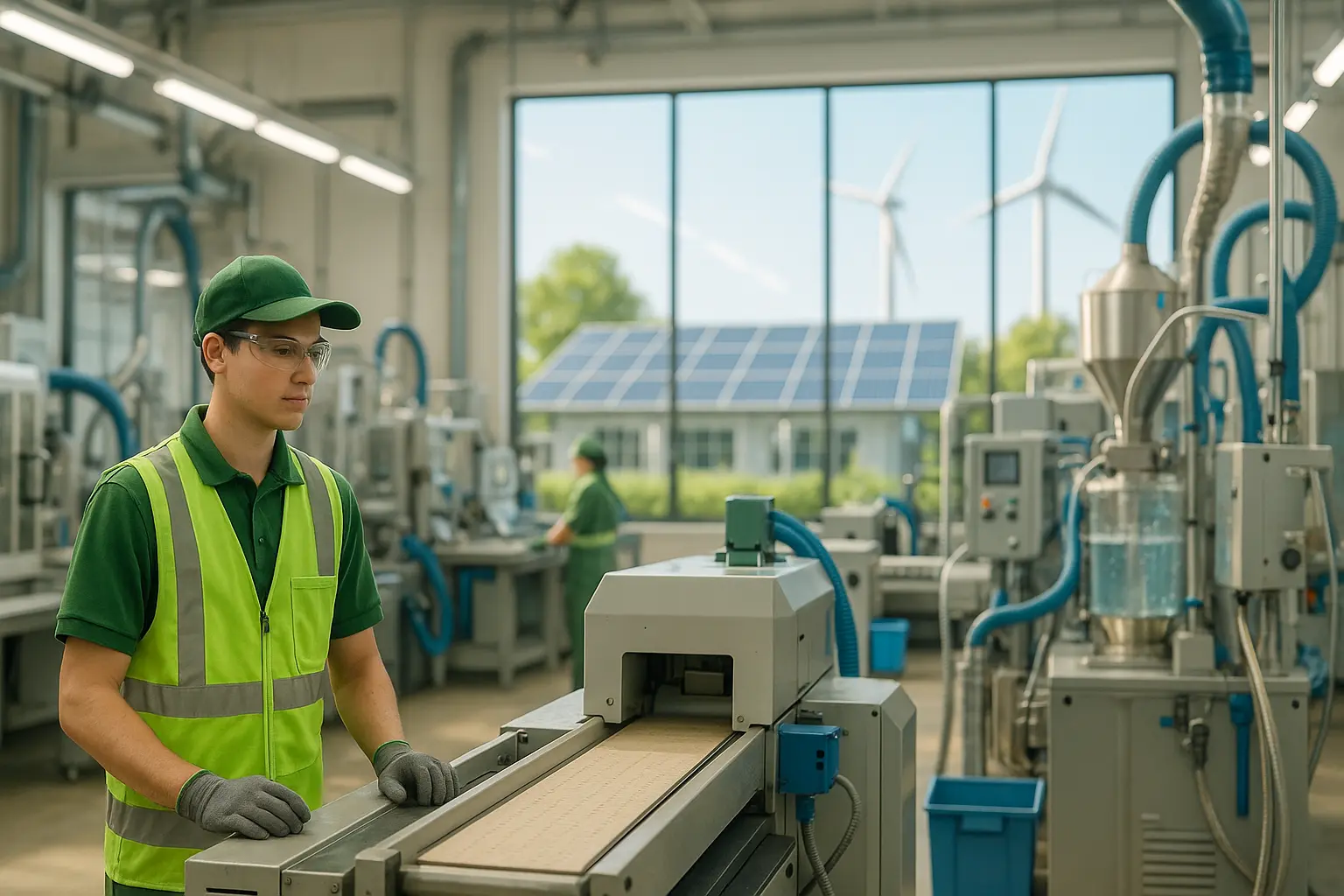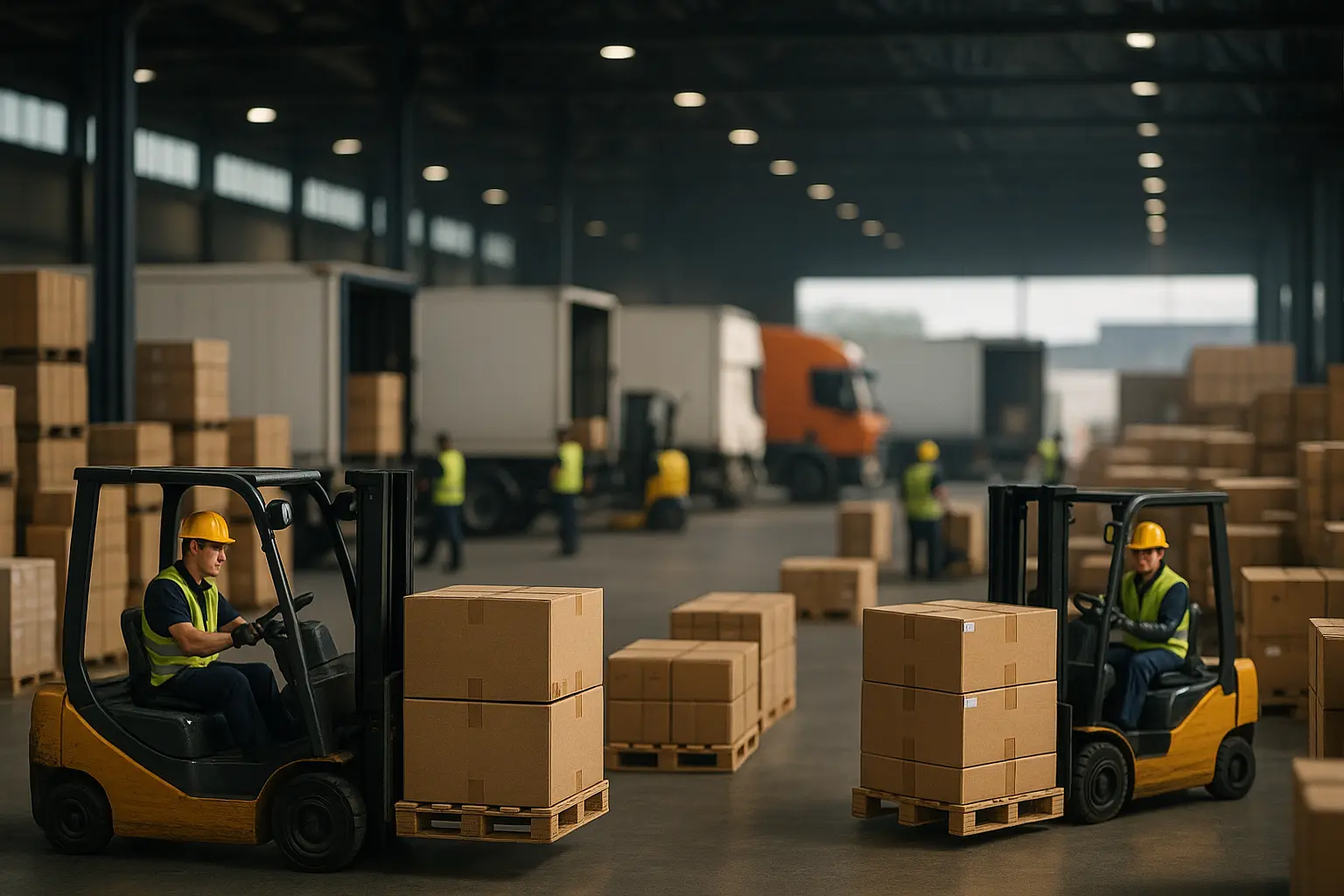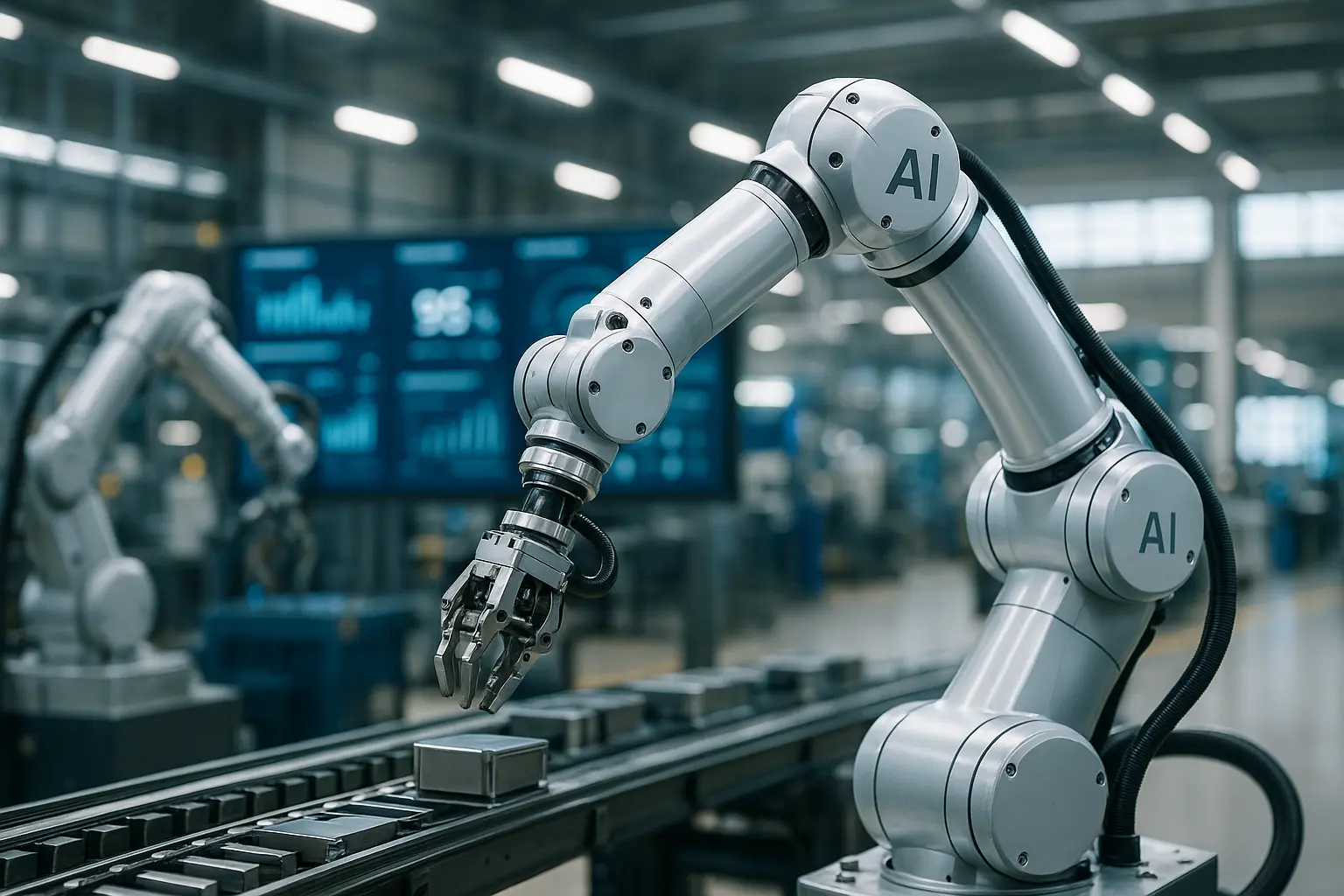Sustainable manufacturing: innovations reducing environmental impact
In recent years, sustainable manufacturing has evolved from a buzzword into a critical movement that is reshaping our world. As we stand on the precipice of significant environmental change, it’s evident that the manufacturing industry holds the power to pivot toward a greener future. Our collective responsibility to future generations demands we innovate and adapt. How we choose to manufacture today will determine the health of our planet tomorrow. This article delves into contemporary practices and technologies in manufacturing that are designed to lessen our environmental impact while enhancing efficiency and innovation.
Harnessing Green Technologies for Sustainable Manufacturing
The rapid progression of technology has paved the way for a new era in sustainable manufacturing. Harnessing cutting-edge technologies allows manufacturers to significantly reduce their carbon footprint while optimizing efficiency and productivity.
Embracing Renewable Energy
Renewable energy sources such as solar, wind, and hydropower are at the forefront of transforming the energy landscape within the manufacturing sector. By integrating these renewable energy solutions into our production processes, we can drastically cut down on emissions and move away from reliance on fossil fuels. For instance, solar panels installed on factory roofs can harness sunlight to power entire production lines, offering a green and efficient alternative to traditional energy sources.
Advancements in Materials Science
Innovations in materials science are changing the game for manufacturers. Utilizing sustainable materials, such as biodegradable polymers and recyclable metals, is reducing waste and ensuring that products have a minimal long-term environmental impact. These materials not only provide similar performance to traditional options but often come with added benefits such as enhanced durability and reduced toxicity.
Smart Manufacturing Systems
The rise of smart manufacturing systems, which leverage the Internet of Things (IoT) and AI technologies, allows manufacturers to monitor and optimize every facet of the production process. These systems enable real-time tracking of energy consumption, material usage, and waste production, allowing us to make informed decisions that prioritize sustainability without compromising output.
By adopting these innovative technologies, companies are not only reducing their environmental impact but also gaining a competitive edge in a world increasingly focused on sustainability.
Redefining Waste: Turning Byproducts into Resources
In the quest for sustainability, the concept of waste is being reimagined. Rather than viewing waste as an unavoidable byproduct of manufacturing, forward-thinking companies are finding ways to turn it into a valuable resource.
Circular Economy Approach
A circular economy approach focuses on creating closed-loop systems where waste is significantly reduced or even eliminated. By designing products with their entire lifecycle in mind, manufacturers can ensure that materials can be reused or recycled, thus minimizing landfill contributions. This shift requires a fundamental redesign of products, but the environmental and economic benefits are profound.
Industrial Symbiosis
Industrial symbiosis is a practice where waste products from one manufacturing process become the raw materials for another, creating a network of mutually beneficial processes. For example, excess heat from one factory can be used to power neighboring facilities, reducing energy demand and creating a collaborative industrial ecosystem.
Upcycling and Innovation
Upcycling involves transforming waste materials into products of greater value. This not only tackles the issue of waste disposal but also adds unique value to manufactured goods. Companies are increasingly investing in creative upcycling projects, such as turning discarded textiles into high-quality apparel or repurposing electronic waste into art or functional design items.
The redefinition of waste in manufacturing encourages innovation and collaboration, pushing companies to explore new methods and materials that align with the principles of sustainability.
Streamlining Processes: Boosting Efficiency and Reducing Impact
efficiency is a cornerstone of sustainable manufacturing, enabling us to do more with less. Streamlining production processes not only enhances operational performance but also significantly reduces environmental impact.
Lean Manufacturing Techniques
Lean manufacturing focuses on minimizing waste while maximizing productivity by refining every step of the production process. By continuously evaluating each stage for unnecessary actions or materials, companies can enhance efficiency and decrease resource consumption. These techniques foster a culture of continuous improvement, driving sustainable practices forward.
Energy Management and Optimization
Implementing comprehensive energy management systems allows us to monitor, control, and reduce energy consumption across manufacturing operations. Utilizing smart meters and predictive analytics, companies can identify peak usage times and adjust operations to minimize waste. This not only reduces the overall energy footprint but also lowers operating costs, providing both economic and ecological benefits.
Process Automation
Advanced process automation technologies are revolutionizing the way manufacturers operate. Automated systems ensure that machines run at optimal efficiency, reducing downtime and limiting unnecessary energy use. By automating repetitive tasks, human workers can focus on more value-added activities, helping companies achieve higher levels of productivity and sustainability.
By refining our processes and embracing efficiency, we can significantly minimize the environmental impact of our manufacturing operations while enhancing economic viability.
The Role of Manufacturers in Driving Sustainable Practices
Manufacturers play a pivotal role in the global push towards sustainability. By adopting proactive sustainability practices, they lead by example, encouraging others in the supply chain to follow suit.
Setting Corporate Sustainability Goals
More companies are setting ambitious corporate sustainability goals that align with broader global environmental objectives. These goals provide a clear framework for action, enabling companies to track progress and hold themselves accountable. Transparency is key, as it fosters trust among consumers and stakeholders, reinforcing brand loyalty and market reputation.
Collaborating with Stakeholders
Collaboration is vital for driving sustainable change. Manufacturers can partner with suppliers, consumers, and governmental bodies to create a cohesive approach to sustainability. These collaborations can lead to innovative solutions, shared resources, and industry-wide advancements in green practices.
Educating and Engaging the Workforce
Empowering employees through education and engagement is crucial for achieving sustainability goals. By instilling a culture of sustainability within the workforce, companies can leverage the creativity and passion of their employees to drive impactful changes from within.
As manufacturers, it’s imperative to recognize the scope of our influence and actively contribute to a sustainable future. By setting an example, we can inspire change beyond our operations, making a lasting impact on our industry and the planet.
As we forge ahead into an uncertain future, sustainable manufacturing stands as a beacon of hope. By embracing innovative technologies, redefining waste, streamlining processes, and setting ambitious goals, we are crafting a future where environmental impact is minimized, and efficiency is maximized. Our collective efforts hold the potential to not only transform the manufacturing landscape but also secure the well-being of our planet for generations to come. Together, as manufacturers, innovators, and conscientious global citizens, we must continue to push boundaries and pioneer solutions that pave the way for a truly sustainable tomorrow.
FAQ
What is sustainable manufacturing?
Sustainable manufacturing involves the creation of goods using processes that minimize negative environmental impacts, conserve energy and natural resources, and ensure economic viability and safety for employees, communities, and consumers.
How do innovations in sustainable manufacturing reduce environmental impact?
Innovations in sustainable manufacturing reduce environmental impact by optimizing resource use, increasing energy efficiency, and incorporating renewable materials. Techniques such as waste minimization, recycling, and cleaner production technologies play a pivotal role in reducing emissions and conserving resources.
Can digital technologies contribute to sustainable manufacturing?
Yes, digital technologies like IoT, AI, and automation enhance sustainable manufacturing by improving operational efficiency, reducing resource consumption, and enabling real-time monitoring and optimization of production processes.
What role do renewable materials play in sustainable manufacturing?
Renewable materials are crucial in sustainable manufacturing as they replace finite resources with sustainable alternatives. Utilizing bio-based, recycled, and biodegradable materials helps in reducing dependency on fossil fuels and minimizing carbon footprint.
What are some examples of sustainable manufacturing practices?
Examples include implementing closed-loop systems, using eco-friendly materials, practicing energy-efficient manufacturing, adopting green supply chain management, and designing products for longevity and recyclability.














Post Comment